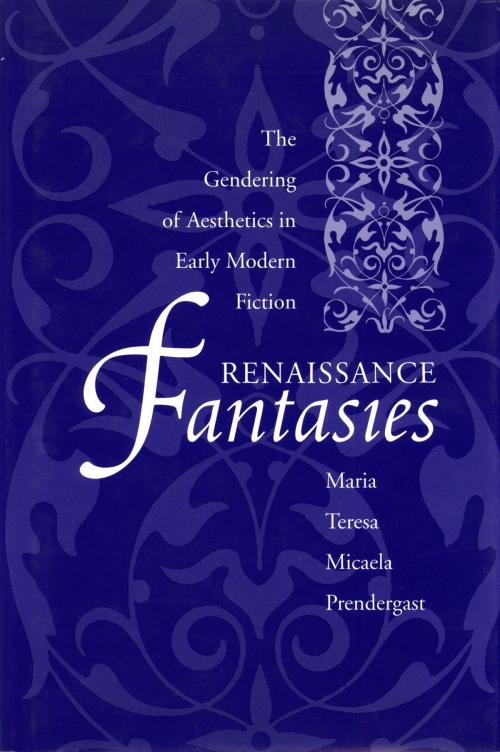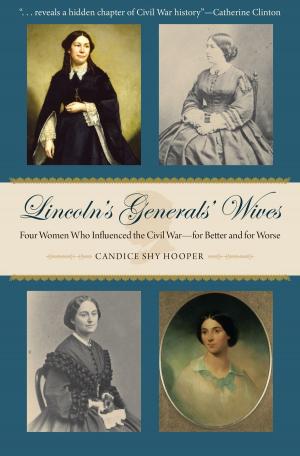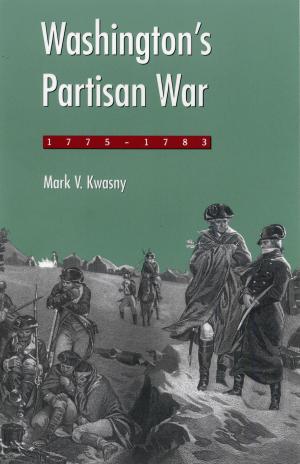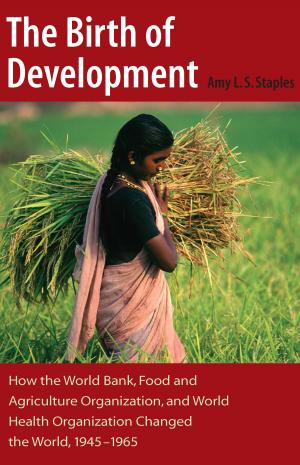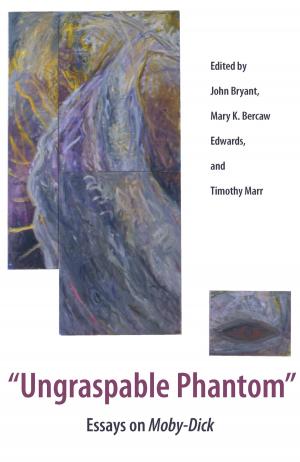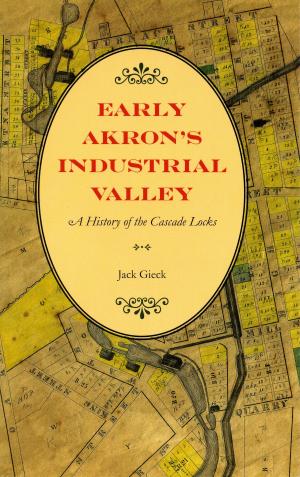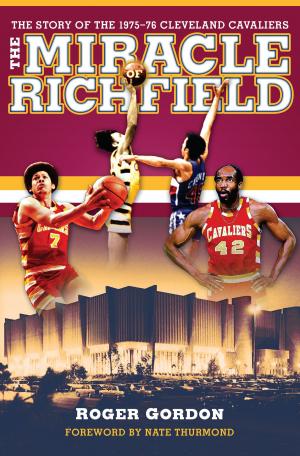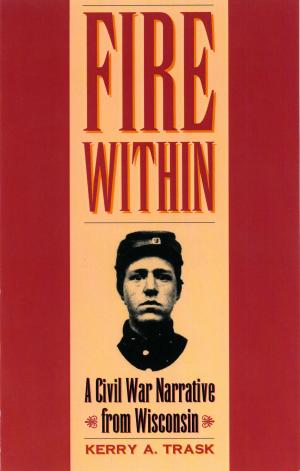Renaissance Fantasies
The Gendering of Aesthetics in Early Modern Fiction
Fiction & Literature, Literary Theory & Criticism| Author: | Maria Teres Micaela Prendergast | ISBN: | 9781612772226 |
| Publisher: | The Kent State University Press | Publication: | August 20, 2013 |
| Imprint: | The Kent State University Press | Language: | English |
| Author: | Maria Teres Micaela Prendergast |
| ISBN: | 9781612772226 |
| Publisher: | The Kent State University Press |
| Publication: | August 20, 2013 |
| Imprint: | The Kent State University Press |
| Language: | English |
Renaissance Fantasies is the first full-length study to explore why a number of early modern writers put their masculine literary authority at risk by writing from the perspective of femininity and effeminacy. Prendergast argues that fictions like Boccaccio’s Decameron, Etienne Pasquier’s Monophile, Philip Sidney’s Astrophil and Stella, and Shakespeare’s As You Like It promote an alternative to the dominate, patriarchal aesthetics by celebrating unruly female and effeminate male bodies.
She establishes how, during the early modern period, writers metaphorically associated didactic literature (like the epic) with masculinity, and fantastical or pleasurable literature (like Lyric or drama) with femininity or effeminacy.
Renaissance Fantasies is the first full-length study to explore why a number of early modern writers put their masculine literary authority at risk by writing from the perspective of femininity and effeminacy. Prendergast argues that fictions like Boccaccio’s Decameron, Etienne Pasquier’s Monophile, Philip Sidney’s Astrophil and Stella, and Shakespeare’s As You Like It promote an alternative to the dominate, patriarchal aesthetics by celebrating unruly female and effeminate male bodies.
She establishes how, during the early modern period, writers metaphorically associated didactic literature (like the epic) with masculinity, and fantastical or pleasurable literature (like Lyric or drama) with femininity or effeminacy.
